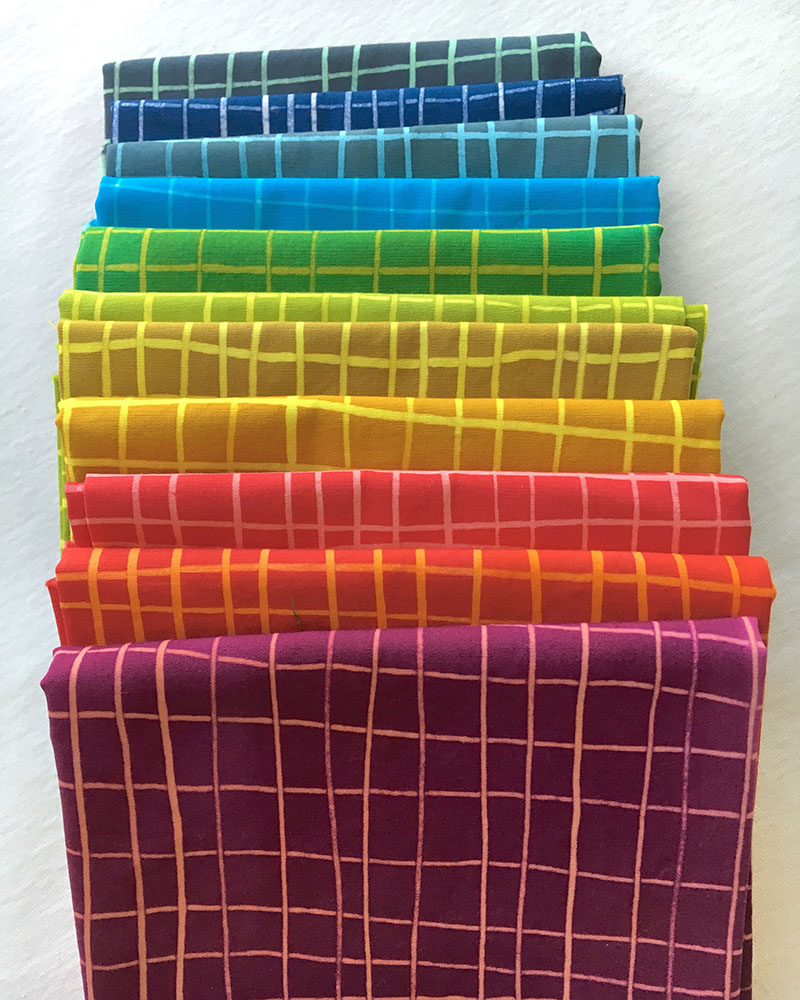"I can make that." When I was a kid, that was a common refrain of my mother's whenever we went to a store. The store was never a high end, or, frankly, any end, department store, but usually Kmart. Do they even still exist? As a child, money was beyond scarce because scarce implies we had a clue where to look for it and we didn't. So, Target was too rich for our blood. But, every once in a while a trip to Kmart was a must. We needed new shoes or a winter coat. Like most little girls, my eye often landed on a pretty dress or top and I'd show it to my mom. I knew we couldn't buy it, but at least we could acknowledge its appeal. But, more times than not, my mom's response was to declare that she could make it herself. My mom was the original DIYer, except she wasn't.
For starters, she hated sewing. I think she felt like she should love it, but she always cursed quietly under her breath when a situation required that she bring out the Brother sewing machine, acquired after devotedly collecting and licking Green Stamps.
Then it was her refusal to admit the value of a pattern. This might sound adventurous and creative; she followed the beat of her own drummer, crafting fanciful garments entirely from her imagination. Reality looked a little different. My mom didn't really understand clothing construction and pattern drafting wasn't among her skills. Also, she didn't believe in drape and fabric weight and especially in cutting anything on the bias. Her theory was that the bias was actually a conspiratorial ruse created by the fabric companies and acceded to by the pattern companies to persuade unsuspecting home sewers into purchasing extra and unnecessary fabric.
Thankfully, I was a relatively bright child and it took only a few homemade garments to convince me that hand-me downs, even those from my elder brother, were better because they came from the store.
Yet, when asked who has had the greatest influence on me and my decision to craft and pursue the handmade as a career I would answer my mother. Her many unfinished and unable-to-be- finished items taught me the value of following instructions, deeply learning a technique, and, most importantly, understanding a process before deciding to alter that process. My work would be completely different if I didn't genuinely love to learn and appreciate a tradition before I was ready to change it and make it my own.
Whenever my mother would like something hand crafted, she would say that that person had really good hands. As a child, I didn't like that comment because I felt it disregarded the cerebral aspect of crafting. My mom, after all, was a scientist with advanced degrees in Biology and I thought she was disparaging the intellectual side of making. Looking back though I think she was admiring that person's ability to access their creative brain and translate it into something tangible, something beautiful to hold or wear or use. She was actually paying that individual the greatest compliment she could think of.
My parent's home is decorated(littered?) with my drawings, quilts, prints, and pillows, a good place for them to be, because, though my mother didn't share the desire to craft, she taught me all the essentials to doing just that. And, she's always been my biggest fan.
































































